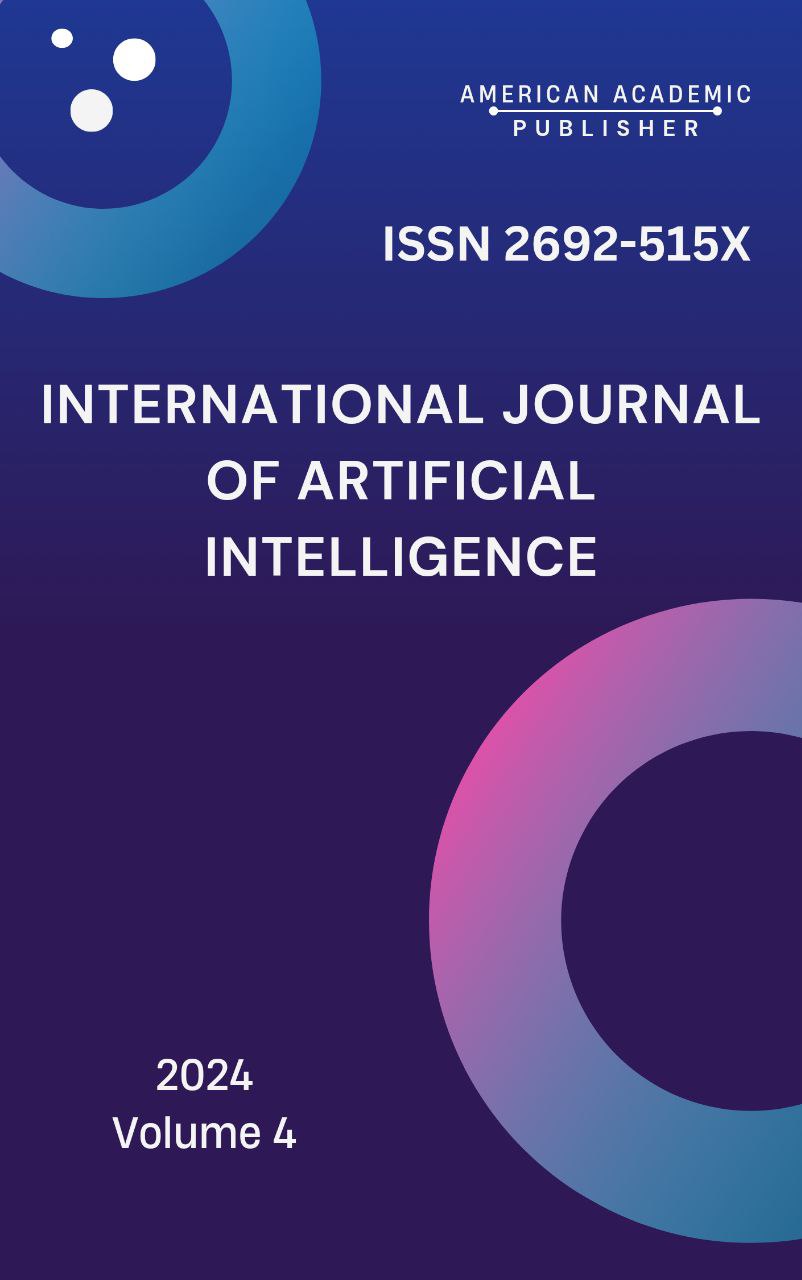 Articles
| Open Access |
Articles
| Open Access | TECHNOLOGIES FOR USING THE PIRLS ASSESSMENT PROGRAM TO IMPROVE STUDENT LITERACY
K.F. Rajabova , Researcher at Bukhara State UniversityAbstract
The Progress in International Reading Literacy Study (PIRLS) serves as a crucial benchmark for assessing student literacy worldwide. With the integration of advanced technologies, educators can enhance reading comprehension and literacy development through digital reading platforms, artificial intelligence, adaptive learning systems, and gamification. This paper explores how these technologies align with the PIRLS framework to improve student literacy, offering personalized learning experiences and data-driven insights. Additionally, challenges such as digital equity and teacher readiness are discussed. By effectively integrating technology into literacy instruction, educators can foster deeper engagement and improved reading outcomes in young learners.
Keywords
PIRLS, literacy development, reading comprehension, digital education, adaptive learning, artificial intelligence, gamification, technology in education.
References
International Association for the Evaluation of Educational Achievement (IEA). (2021). PIRLS 2021 assessment framework. IEA.
Krashen, S. D. (2004). The power of reading: Insights from the research (2nd ed.). Libraries Unlimited.
Leu, D. J., Forzani, E., & Kennedy, C. (2015). New literacies and 21st-century technologies: A global perspective on reading comprehension. The Journal of Education, 195(3), 1–13.
Perry, K., & Moses, A. M. (2011). Exploring the role of digital literacy in primary education: Implications for PIRLS assessments. Reading Research Quarterly, 46(3), 226–243.
Vygotsky, L. S. (1978). Mind in society: The development of higher psychological processes. Harvard University Press.
Article Statistics
Downloads
Copyright License

This work is licensed under a Creative Commons Attribution 4.0 International License.

